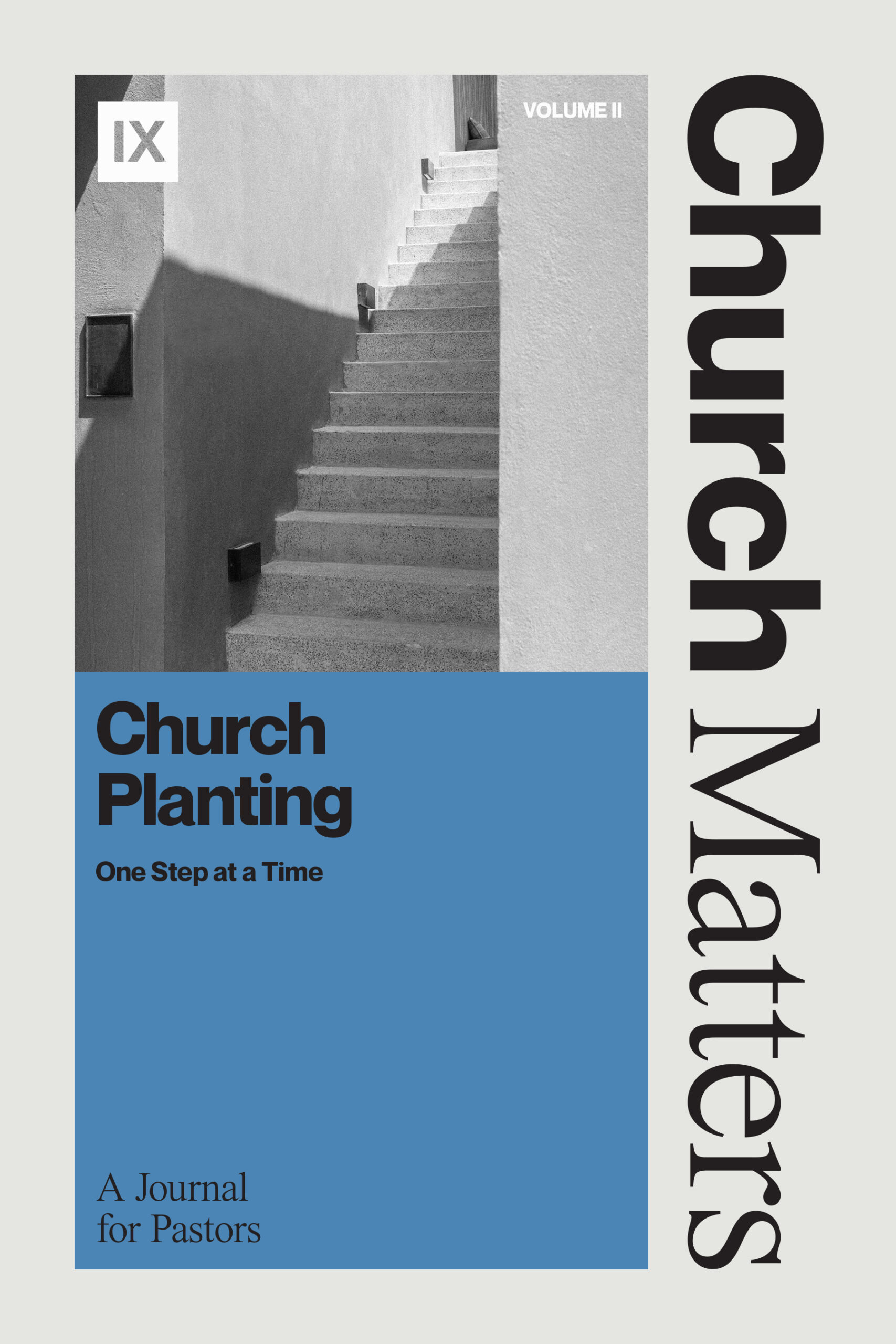Revitalization with an Eye Toward Church Planting
Over thirty years ago, my church was planted by three other local churches. Back then, several faithful men and women saw a need to have a church on the corner where we now meet. They made sacrifices and committed to bring our church into existence. Church planting has always been part of our story.
Our church has matured and adjusted to meet the needs of our growing community. But our history has not been without difficulty. During the first three decades, the church went through several pastoral transitions, built several buildings, and saw people come and go. When I was called to serve as lead pastor in 2015, the church faced a $1.5 million debt and hadn’t fully exited the shadow of the 2007–2008 financial crisis. Even more, the membership and giving numbers had declined for over a decade. When I preached in view of a call, I made it clear to the church that I wasn’t “coming to fix everything but to point them to the One who could. I was coming to preach the good news of Jesus Christ, to lead and shepherd them as I believe the Bible exhorts pastors to do.”
When I arrived, the church certainly wasn’t on its deathbed, but needed intentional leadership and care. It fell somewhere on the revitalization scale. The good news: we had a strong core of faithful members who were ready to move forward and be strong in the mission of God. I had no flashy plan; my only desire was to faithfully shepherd the church and entrust the fruit to God.
As a former church plant and now established church, I believed one of the best ways to invigorate the church was to lead the members to invest in church planting efforts. If you are currently leading a church that has never planted or regularly supported church plants, this can feel like a daunting task. This is especially true if your church is a revitalization effort. You might think, “We have bigger priorities right now.” And some of your people might ask, “Why invest in other churches when we have our own church to build and so many people to reach right around us?” The members might even counter, “We’ve never done this before!”
I understand the sentiments, I’ve heard the same things, but the effort is well worth it for several reasons.
WHY CONSIDER PLANTING?
1. Church planting is a biblical priority.
I assume we agree that the church is God’s “Plan A” to reach people for Jesus Christ, and its purpose explicitly feeds into her structure (Matt. 28:18–20; Acts 2:42–47). More so, the pattern of gospel expansion in Acts demonstrates the priority of church planting.
During Paul’s three missionary journeys, he planted at least fourteen churches. By the end of the second century, there were churches throughout the Roman Empire and beyond. It’s important to note that the Apostles didn’t do this alone: churches planted churches. The pattern for centuries to reach people with the gospel has been to plant gospel-centered churches.
If your people revere God’s Word, and as pastor you faithfully exposit texts that demonstrate church planting, it will not be hard to convince them of these things. Now, knowing how to lead them is a matter of pastoral wisdom and prayer.
2. Once the church is convicted of the priority of church planting, it’s important to expose them to the necessity of faithful churches in gospel-impoverished areas.
Networks like Pillar and entities like the North American Mission Board have the statistics and information you need to educate your people. In fact, the more you talk about church planting, you might find that your people have connections to certain cities or find that God has given them a heart for a certain place which needs a faithful church. As part of this education process, invite your people to get to know church planters or participate in short trips to aid planters in evangelistic efforts or service projects. Once you educate the congregation on needs and develop an affinity towards a certain location or plant, it’s natural to develop a partnership or to send some of your people to join those efforts.
3. To develop an eye toward church planting, you must lead your people to put their money where their heart is.
Financial support will always be one of church planting’s greatest needs. The end goal is always for the new local congregation to become financially self-sustaining in time. In the early years, it is safe to assume that most, if not all, of a church plant’s financial support will come from other churches or individuals. In the New Testament letters, we see glimpses of partnerships that were mutually transformational for church plants and support churches (Phil. 4:16; 2 Cor. 11:8-9).
One way to revitalize and invigorate an existing church is to lead them to invest in God’s work above and beyond themselves. In most cases, regularly giving to church plants also encourages greater generosity within the existing church. It’s important then to teach your people to hold their resources with an open hand and be ready to willingly give toward God’s work outside their own walls.
4. Pray that God would equip your existing church to build to the place where a church planting team can be sent out.
Again, if churches plant churches, and if church planting is truly essential to the mission of God, then every church should pray and work towards being a sending church or partnering with sending churches.
One of the ways we have begun to position ourselves to do this is by starting a Ministry Training Center to attract interns as potential church planters. The idea is once they have served among us, we want them to recruit other members from our church to go with them. Once they are ready, our desire is to commission and release them to plant a new church and trust that God will fill whatever voids are left.
TAKING THE BIG STEP
Over the past eight years, this is how we have led our church to be involved in church planting. It’s taken patience and persistence. Our financial stability strengthened as we increased in generosity. In fact, we paid off our debt in four years. Our membership has strengthened even as we’ve increased our attention on the needs of church plants outside our four walls. We’re currently asking God to provide so that we can accomplish sending out our own church plant (Step 4).
In this process, I have seen God enlarge our people’s vision for his work in the world. I have seen our people give generously to church plants in need while faithfully supporting church planting in our annual budget. In many ways, I believe our obedience in this area has been a contributing factor to our health and maturation.
If you are currently in the midst of a revitalization, don’t necessarily neglect church planting. Prayerfully seek to be faithful with whatever opportunities come your way. After all, in the kingdom of God we can accomplish more together than apart. This is why church planting isn’t just a ministry for individual church planters—it’s a ministry for the whole (universal) church. And partnership is not only beneficial for the plant, but for the established church as well.









